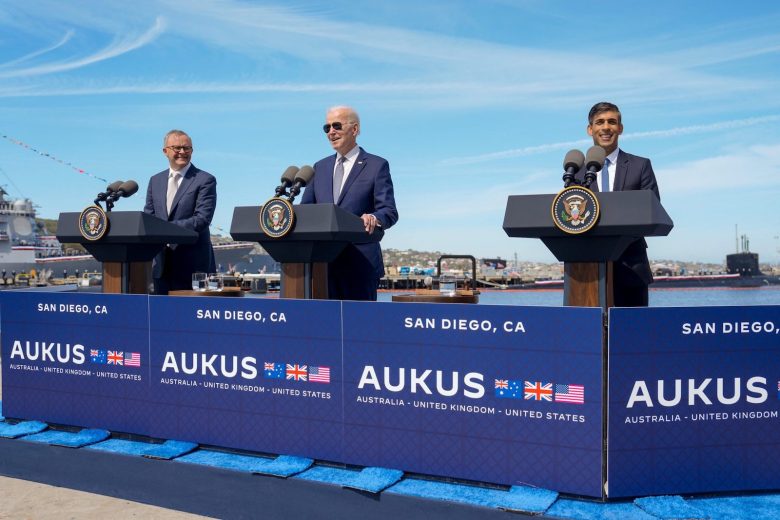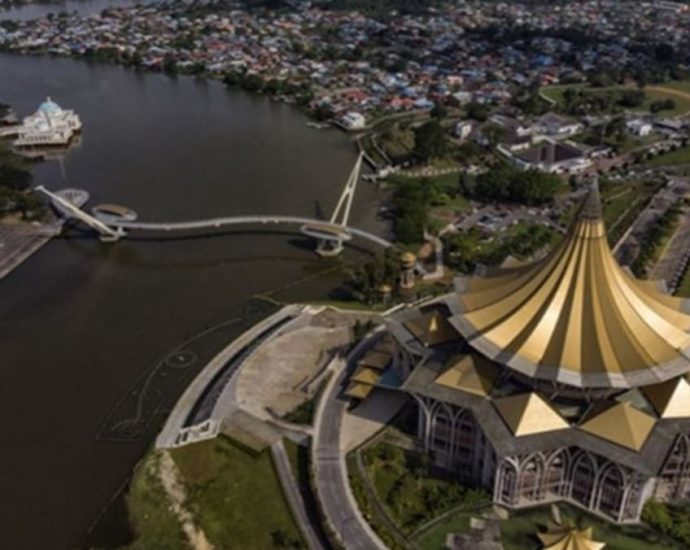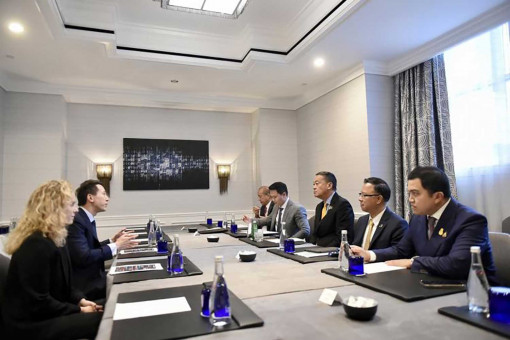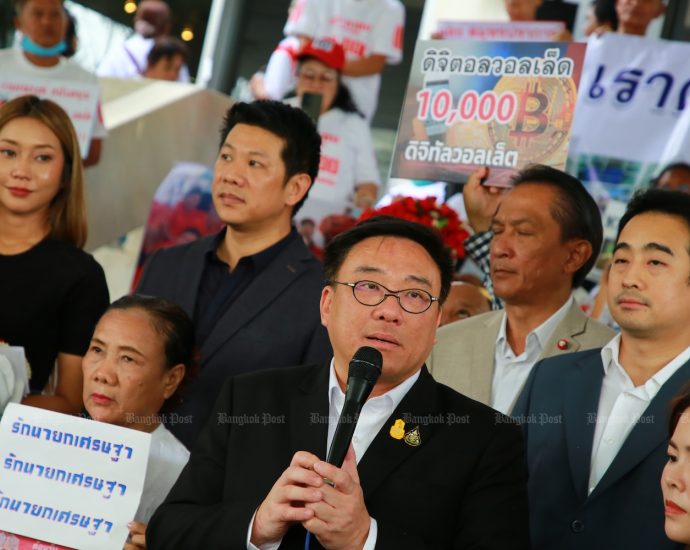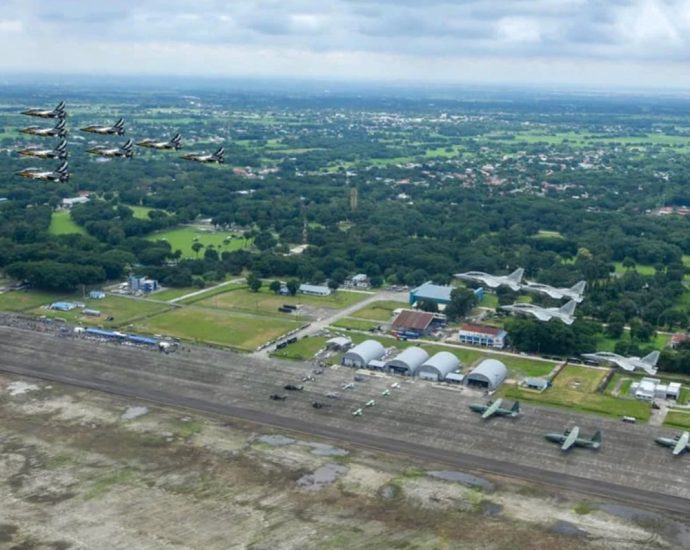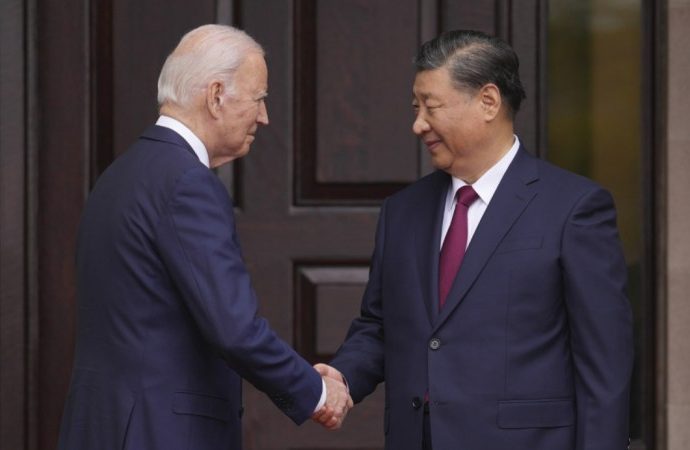41 Thais trapped by Myanmar fighting repatriated, says Thai army
BANGKOK: Forty-one Thai nationals, trapped in northern Myanmar amid a surge in fighting between junta troops and armed ethnic-minority groups near the Chinese border, returned to Thailand on Saturday (Nov 18), the Thai army said. Tens of thousands of people have been displaced across Myanmar as the military government, whichContinue Reading



